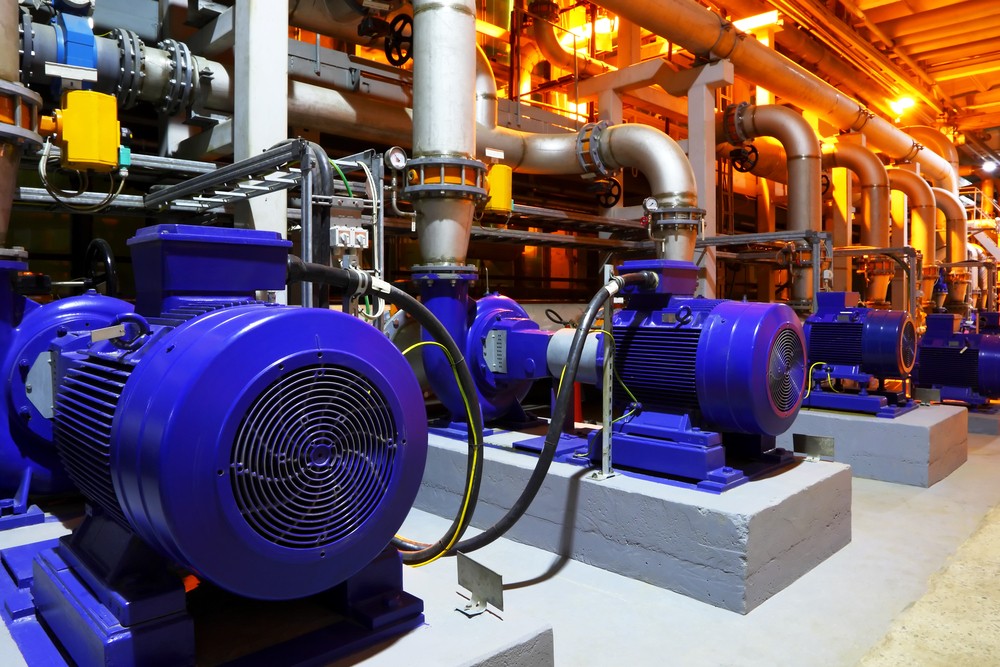Soft Start: What It Is and Why It Matters for Electric Motors

In manufacturing, reliability is paramount. A soft start is a technique that can enhance equipment longevity and performance to create reliability. But what is a soft start, and why is it an overlooked reliability concept? If your operations rely on electric motors, you’ll always want to get them up and running the right way. Here’s how.
The soft start explained
A soft start is a method of gradually initiating an electric motor’s operation, as opposed to a traditional abrupt jolt of power. This controlled commencement reduces the strain on the motor and connected machinery to protect them from potential overload or electrical damage.
How to achieve a soft start
Manufacturers can soft start electric motors through several techniques, with each tailored to suit different equipment or instances:
- Variable-frequency drives (VFDs): VFDs regulate the frequency of the electric current supplied to the motor, which governs the motor’s speed. By incrementally modulating frequency, VFDs prevent sudden current surges and allow the motor to ramp up slowly.
- Soft starters: These electronic components control the voltage delivered to the motor. By providing a gradual voltage increase over a predetermined startup period, they facilitate a smooth, steady motor activation — a soft start.
- Star delta starters: Employing a two-step approach, star delta starters initiate the motor through two distinct configurations. To start, the motor is linked to a star arrangement, which effectively curbs the voltage. Then, it transitions to a delta configuration, which pushes full voltage to propel the motor into operation.

Soft start applications
Soft starts aren’t limited to a single electric motor application but can protect motors across a diverse array of equipment systems, such as:
- Conveyor systems: By sidestepping sudden power surges, soft starts shield the conveyor system and materials from potential harm.
- Machine tools: A soft start’s gentle touch prevents unwarranted damage to intricate industrial machining tools and the workpieces they’re shaping.
- Lifting equipment: Soft starts are crucial to avoid undue strain on equipment and the loads they’re lifting.
Advantages of soft starts
Transitioning from conventional direct starting to a soft start unlocks many advantages for manufacturers. While reliability is the underlying benefit, it’s made possible by:
- Reduced stress: Soft starts significantly diminish the stress on the motor and connected machinery, leading to prolonged operational life.
- Damage prevention: By easing into operation, soft starts act as a protective shield against electrical damage that abrupt starts can inflict.
- Seamless initiation: Soft starts usher in a smoother startup process, minimizing the jerks and shocks associated with direct starting.
- Less noise and vibration: The gradual nature of soft starts contributes to reduced noise and vibration during motor initiation, creating a more conducive work environment.
Easy does it
Integrating soft start procedures into your electric motor and equipment best practices is an excellent way to enhance reliability across the factory. Consult an electrical engineer or equipment manager to select the optimal soft start solution that aligns with the equipment’s operational requirements. Then, fire up your motor with confidence.
